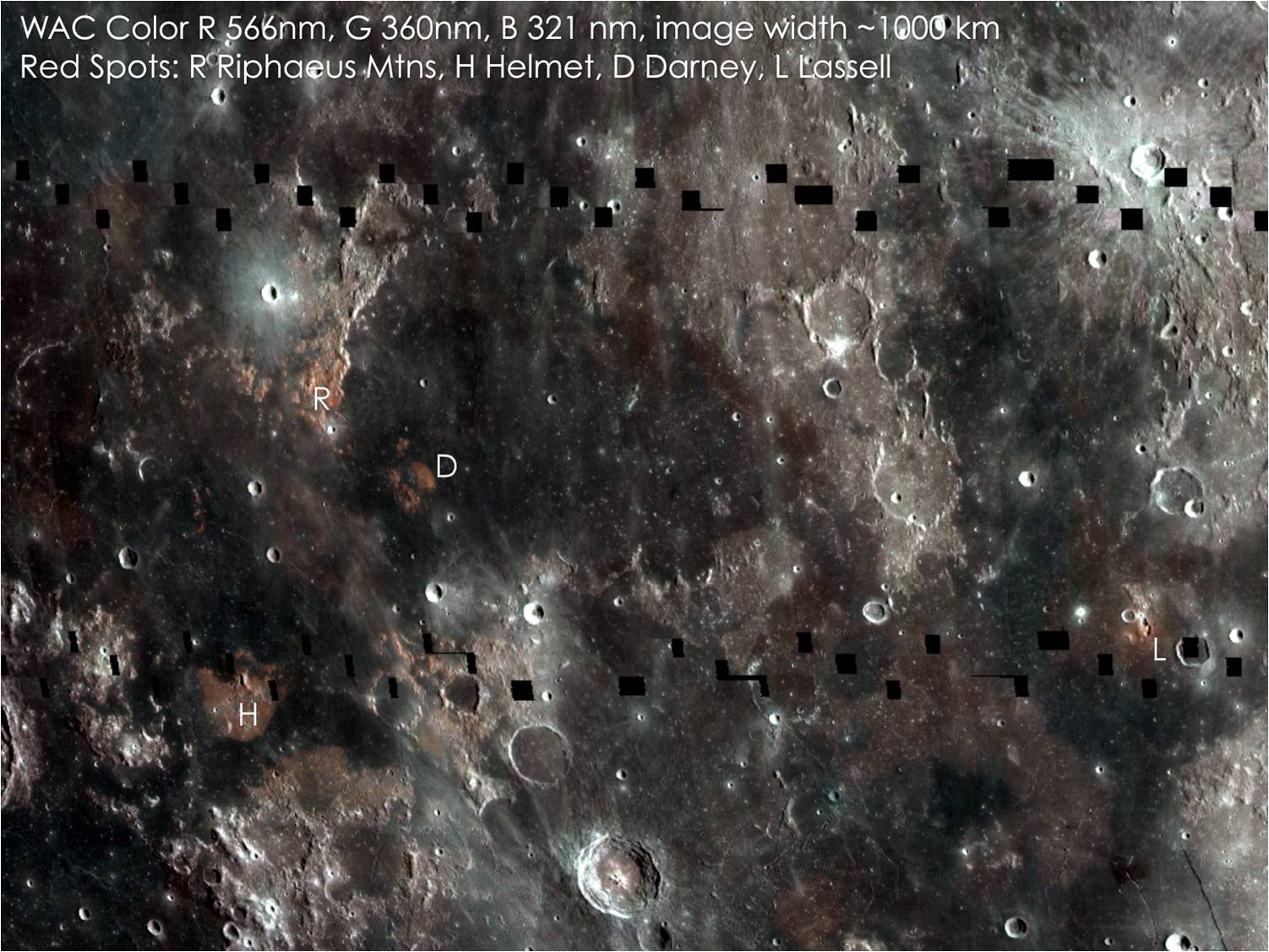Discovery ! - Titanium In Space

For the first time ever, titanium oxide has been spotted in an exoplanet's skies, a new study reports.
Astronomers using the European Southern Observatory's Very Large Telescope (VLT) in Chile detected the substance in the atmosphere of WASP-19b, a huge, scorching-hot planet located 815 light-years from Earth.
"The presence of titanium oxide in the atmosphere of WASP-19b can have substantial effects on the atmospheric temperature structure and circulation," study co-author Ryan MacDonald, an astronomer at the University of Cambridge in England, said in a statement. [The Strangest Alien Planets (Gallery)]
One possible effect is "thermal inversion." If enough titanium oxide is present, the stuff can keep heat from entering or exiting an atmosphere, causing upper layers to be hotter than lower layers, researchers said. (This phenomenon occurs in Earth's stratosphere, but the culprit is ozone, not titanium oxide.)
WASP-19b is a bizarre world about the mass of Jupiter. The alien planet lies incredibly close to its host star, completing one orbit every 19 hours. As a result, WASP-19b's atmospheric temperatures are thought to hover around 3,600 degrees Fahrenheit (2,000 degrees Celsius).
The research team — led by Elyar Sedaghati of the European Southern Observatory, the German Aerospace Center and the Technical University of Berlin — studied WASP-19b for more than a year using the VLT's refurbished FORS2 instrument. These observations allowed them to determine that small amounts of titanium oxide, along with water and wisps of sodium, swirl around in the exoplanet's blistering air.
"Detecting such molecules is, however, no simple feat," Sedaghati said in the same statement. "Not only do we need data of exceptional quality, but we also need to perform a sophisticated analysis. We used an algorithm that explores many millions of spectra spanning a wide range of chemical compositions, temperatures, and cloud or haze properties in order to draw our conclusions."
In addition to shedding new light on WASP-19b, the new study — which was published online today (Sept. 13) in the journal Nature — should improve researchers' modeling of exoplanet atmospheres in general, team members said.
"To be able to examine exoplanets at this level of detail is promising and very exciting," said co-author Nikku Madhusudhan, also of the University of Cambridge.